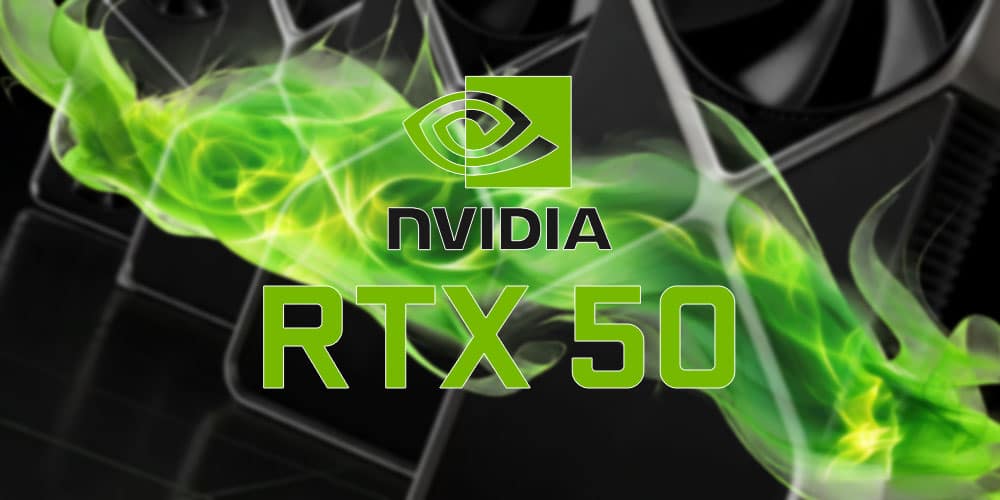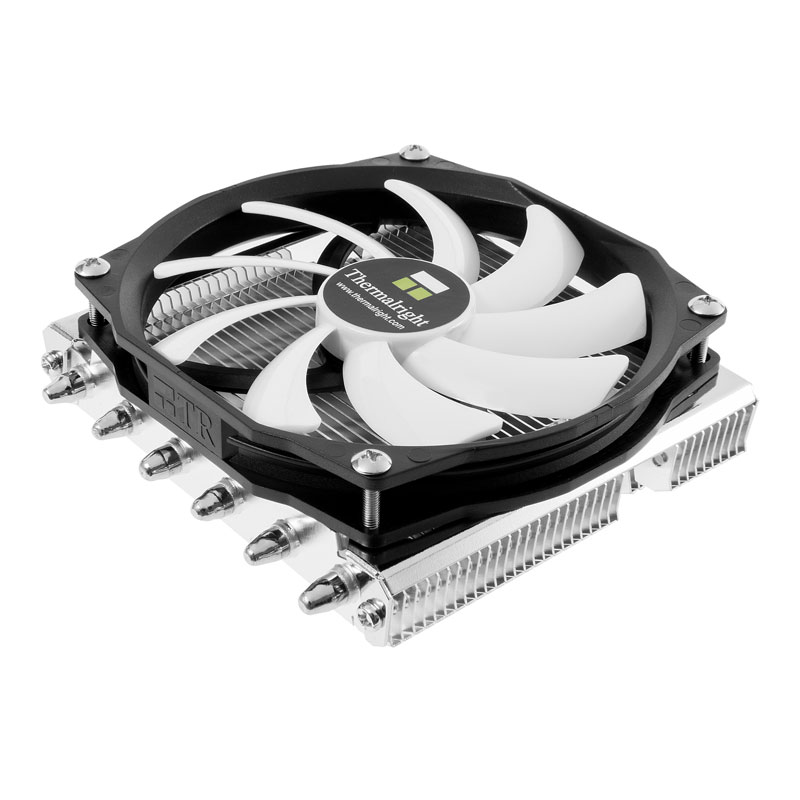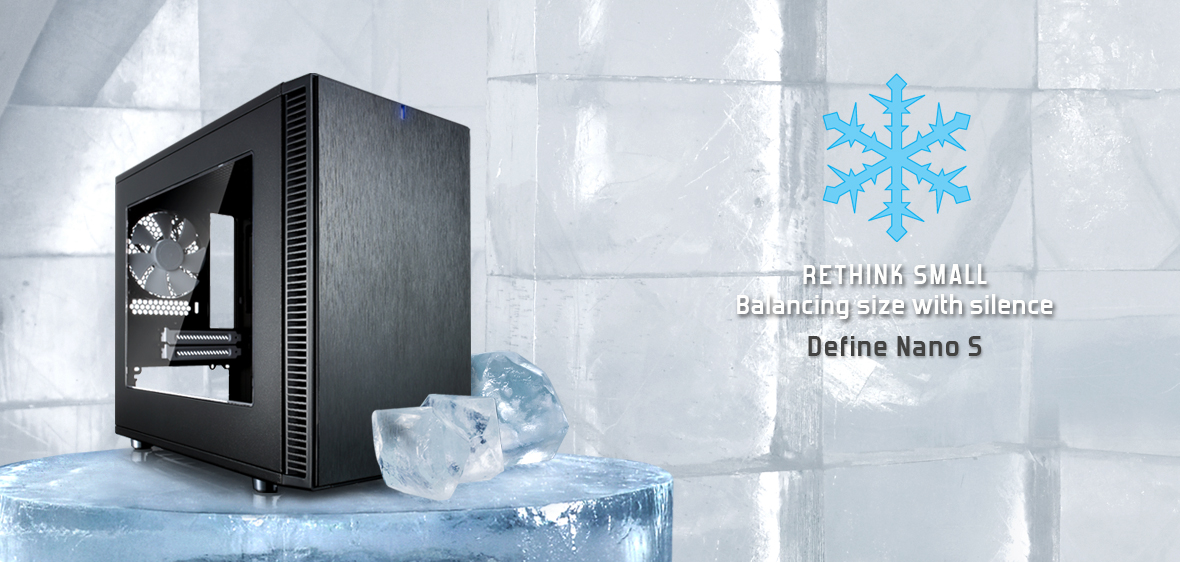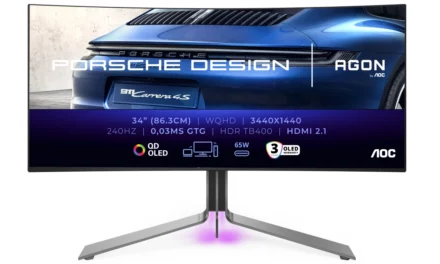NVIDIA is preparing to release its next-generation graphics card, the RTX 5090, which could feature dual 16-pin power connectors to manage its anticipated high power consumption. As the successor to the powerful RTX 4090, the RTX 5090 is expected to push performance boundaries even further, but at the cost of increased power demands.
The RTX 4090, which has been a top choice for high-end gaming and professional computing, is scheduled to be discontinued soon, with NVIDIA planning to phase it out starting next month. This move hints at the arrival of the new RTX 50 series. Though it’s unclear if the new GPUs will be available by the end of this year or in early 2025, the anticipation around the RTX 5090 is growing.
Early reports suggest that the Nvidia RTX 5090 could consume up to 600W of power, with custom models potentially using even more. To accommodate this, the card is rumored to have two 16-pin connectors (12V-2×6) to distribute the power load and prevent instability. Despite both connectors having an input capacity of 600W, one may be limited to 150W or 300W for better power management, ensuring the GPU can operate safely and efficiently during demanding tasks like gaming and 3D rendering.
Dual Connector Power Supplies
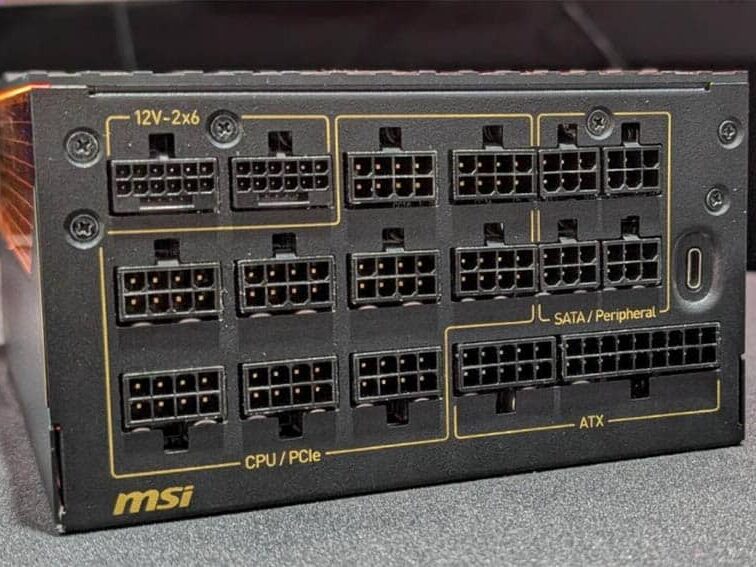
The rumor about the RTX 5090’s power requirements has gained traction due to the recent appearance of several power supplies featuring two 12V-2×6 connectors. Power supply manufacturers, such as MSI and Seasonic, have already introduced models like the MEG Ai1600T PCIE5, MPG A1250, and the Prime PX-2200W, designed to handle the massive power demands of next-gen GPUs.
For gamers considering the RTX 5090, the higher power requirements may mean upgrading power supplies and improving cooling systems. The dual 16-pin connectors will likely necessitate better cable management and cooling solutions to ensure optimal temperatures during extended use. While NVIDIA has worked to improve power efficiency, the push for higher performance continues to drive up power consumption in modern GPUs.
The release of the RTX 5090 marks another leap in GPU technology, and while it promises exceptional performance, it also highlights the challenges of managing power consumption in next-generation hardware. Whether these rumors fully materialize or not, the excitement surrounding the RTX 5090 is undeniable as enthusiasts and professionals await its arrival.

